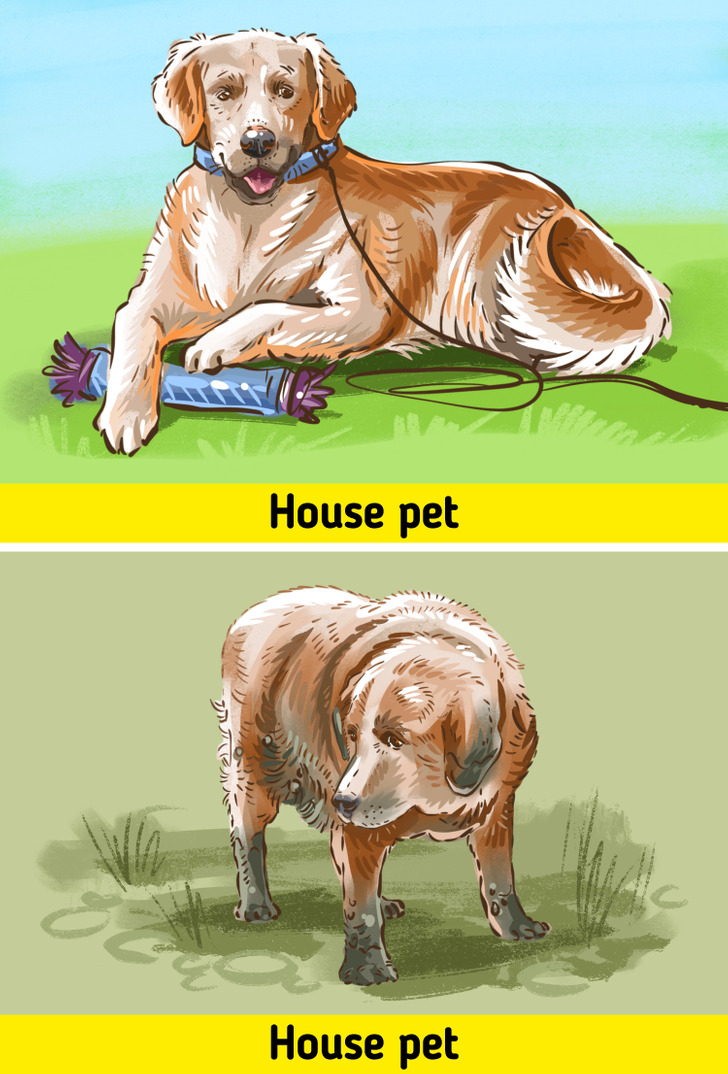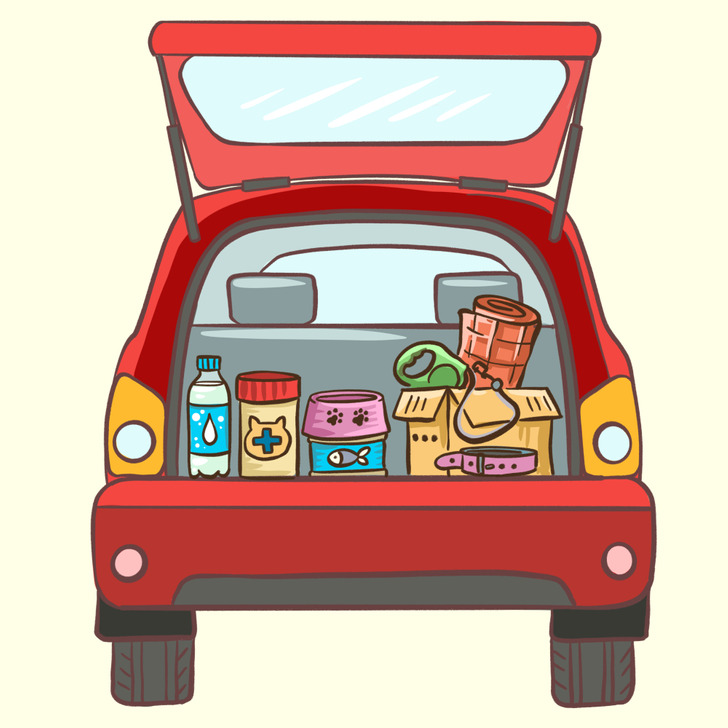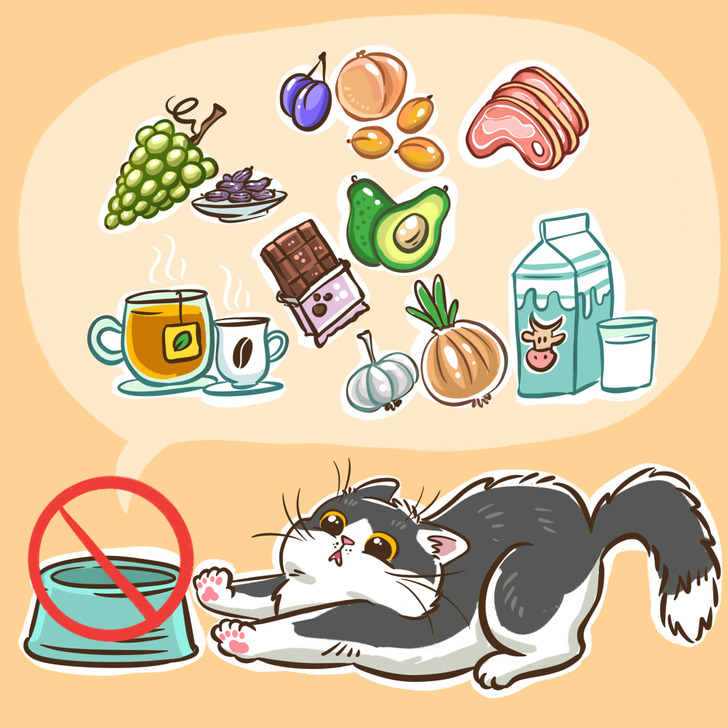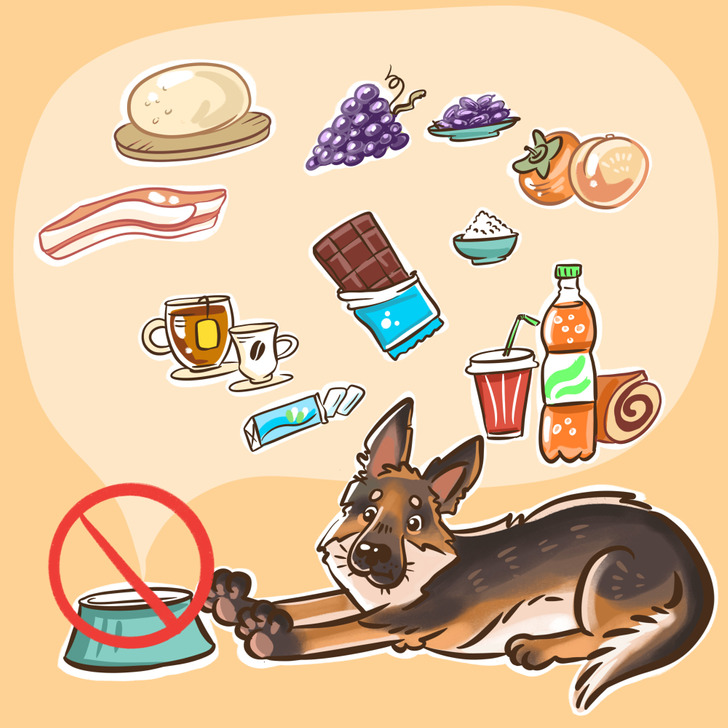How to Take Care of Homeless Pets
Before picking up an animal from the street, read our article. Here, we’re going to explain in detail how to do this in the best way possible.
5-Minute Crafts has prepared a guide that explains what to do if you find an animal in trouble.
Think about what you can do.

The first thing you need to figure out is whether the pet is actually homeless. ID collars get lost, fur gets dirty, and even the most well-groomed dog can look like a homeless one. It’s important to remember that animals might be wild, which means they don’t know how to communicate with people.
❗ Before taking a pet home, estimate your risks, as a rescued cat or dog might be aggressive toward people.
Prepare in advance.

If you’ve decided to help an animal in trouble, transport it to a safe place. Aside from your home, it may be a vet clinic or an animal shelter. There, experts and doctors can find out if the animal has a chip that contains information about the pet and the owners. If the pet is aggressive, inform the police or a local shelter. Provide as much information about the location of the pet as possible.
If you decide to take the pet home, make sure you can keep your own pets separate. The new pet may be sick, scared, or aggressive toward other animals.
As soon as you are home, take a photo of the animal and print an ad announcing that you’ve found it. Spread it around the neighborhood where you found it, on social media, and on special websites.
Here’s what you should have in your car to help abandoned animals:
- Phone numbers of local vet clinics, shelters, and emergency vet centers
- A cat carrier or a cardboard box you can put a pet in
- Dog collars
- A blanket, bowl, and water
- Treats with a strong smell (like canned tuna or special dry food)
- An animal first aid kit
So, the animal was examined, the owners weren’t found, and you decided to take it with you. How can you do this the right way? You need to buy all the necessary bowls, collars, and whatever else. You can also insure your pet and remember about all its necessary medical examinations.
What you should know about feeding animals

It doesn’t matter whether you take a stray cat in and keep it with you, or you just feed animals you see on the street — in both cases, it’s better to know what type of food to give them.
It’s better to give them dry food, the high-calorie type, to give the pet extra calories to get warm. Don’t forget about fresh water, especially when it’s hot. Be careful with milk because most adult cats can’t digest lactose-containing dairy foods. Dogs might also have trouble digesting milk. Not all cats can handle raw meat. The risk of getting infected from a raw product is always higher than from a heat-treated one.
Some fruits may also be dangerous for pets. Plums, peaches, and apricots contain prussic acid which, depending on the dose, can cause poisoning within several seconds and lead to death. Cats should avoid grapes and raisins.
Onion and garlic are also dangerous for cats in any way (raw, fried, or boiled) because of the sulfur in them. Raw potatoes are another thing you shouldn’t give to cats because there’s a lot of starch and solanine. Raw tomatoes, green peppers, and eggplants contain atropine that can cause cardiac arrhythmia in cats. Avocados contain persin that can lead to vomiting or diarrhea in dogs. Additionally, the avocado pit can get stuck in the stomach or intestines, which might lead to death.
Candy, gum, toothpaste, pastries, and some dietary foods contain xylitol, which can cause a drop in blood sugar levels in dogs and even liver failure. The caffeine in our drinks may also be lethal to a pet. And yeast dough becomes bigger once digested, so it may stretch a dog’s stomach and cause a lot of pain.
